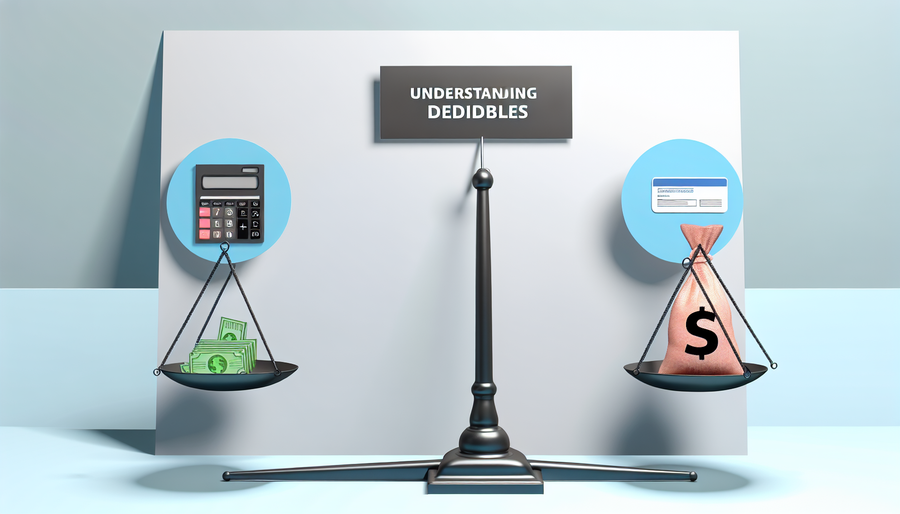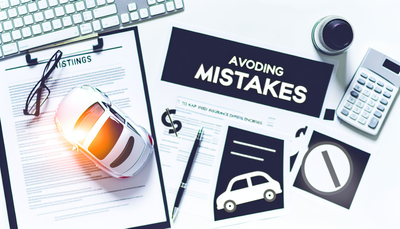Understanding Deductibles: How to Choose the Right One for Maximum Savings

Understanding Deductibles: How to Choose the Right One for Maximum Savings
When it comes to car insurance, choosing the right deductible can significantly impact your overall costs. But how do you determine the best deductible amount to balance affordability and savings? In this guide, we’ll break down what deductibles are, how they affect your premiums, and how to choose the right one for your financial situation.
What is a Deductible?
A deductible is the amount of money you agree to pay out-of-pocket before your insurance provider covers the rest of the claim. For example, if you have a $500 deductible and file a claim for $2,000 in damages, you’ll pay $500, and your insurer will cover the remaining $1,500.
Deductibles apply to different types of car insurance coverage, including:
- Collision Coverage – Covers damage to your car from accidents.
- Comprehensive Coverage – Covers non-collision-related damages like theft, vandalism, or natural disasters.
How Deductibles Impact Your Insurance Premiums
The relationship between deductibles and premiums is simple but crucial:
- Higher Deductible = Lower Premiums – Choosing a higher deductible reduces your monthly insurance payment since you’re taking on more financial responsibility in case of a claim.
- Lower Deductible = Higher Premiums – Opting for a lower deductible means your insurance company covers more of the cost upfront, resulting in higher monthly payments.
Factors to Consider When Choosing a Deductible
Selecting the right deductible requires balancing your financial security with potential savings. Here’s what to consider:
1. Your Financial Cushion
Can you comfortably cover the deductible amount in case of an accident? If not, opting for a high deductible could put you in a tough financial spot when you need to file a claim.
2. Your Driving Habits
If you drive frequently or in high-traffic areas, you're at a greater risk of accidents. A lower deductible might be a safer choice in this case.
3. The Value of Your Car
Older or lower-value cars may not justify expensive collision and comprehensive coverage. If your car's value is close to your deductible, it may not be worth carrying a low-deductible policy.
4. Potential Cost Savings
Compare how much you’d save annually by increasing your deductible. If raising it from $500 to $1,000 saves you only $10 per month, it might not be worth the risk of paying more out-of-pocket in case of an accident.
Finding the Right Balance
To maximize savings while staying financially secure:
- Choose a deductible amount you can afford without financial strain.
- Compare different deductible and premium combinations to see which offers the best long-term savings.
- Consider factors like accident history, vehicle value, and emergency savings before deciding.
Conclusion
Choosing the right deductible for your car insurance is a key cost-saving strategy. By understanding how deductibles affect your premiums and assessing your financial situation, you can strike the right balance between affordability and protection. Take time to evaluate your options and select a deductible that aligns with your budget and driving habits.







